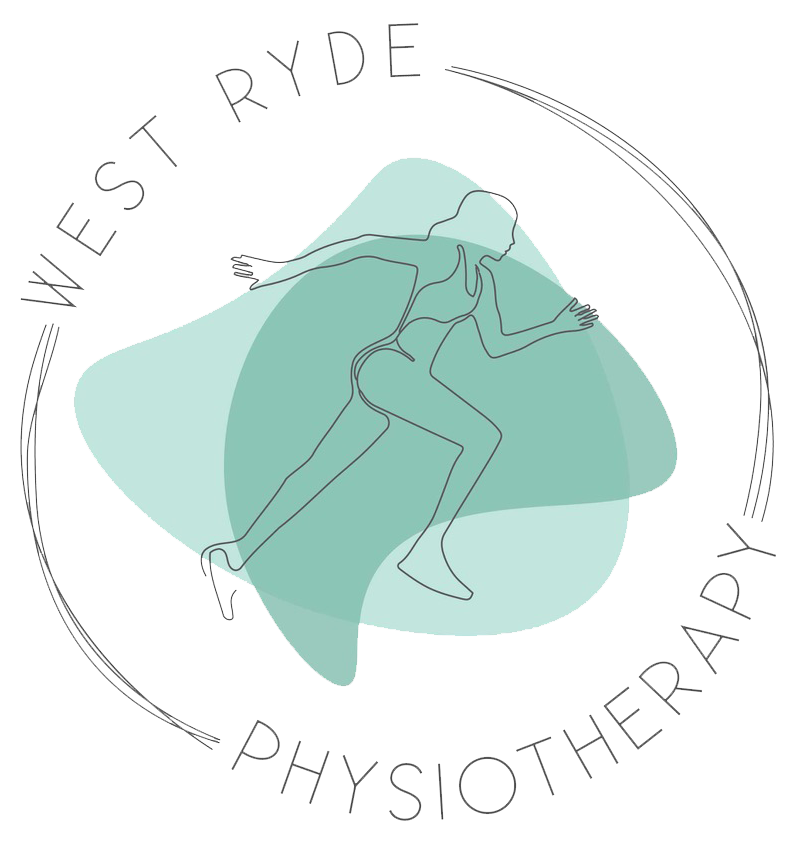How to Keep Active When Working from Home
How to Keep Active When Working from Home
Most of us may be enjoying the whole the concept of working from home but not having to commute, and lack of movement and exercise can quickly lead to a sedentary lifestyle. Being active is important for your physical and mental health, so here are some tips to get you on your feet:
Make Time for Exercise
Plan your exercise and can create a routine that is easy to stick to. You should aim to accumulate higher intensity activity. The World Health Organisation (WHO) recommends 150-300 minutes of moderate intensity activity, or 75-150 minutes of vigorous intensity activity each week, in addition to muscle strengthening activity twice weekly.
Whether it’s a brisk early morning walk, an after-work jog, or a 30-minute body weight exercise session, scheduling exercise will help you stay on track.
Incorporate Movement into your Day
Being sedentary and lack of physical activity is associated with increased risk of obesity, diabetes, musculoskeletal problems, cardiovascular disease, and poor mental health. West Ryde Physiotherapy recommends that you set a timer and get up to move for 1-2 minutes every 30-60 minutes. When the timer goes off, it’s time to go for a short walking break or stretch! Also sneak in “incidental” movement. This simply means getting up to refill a glass of water or walking around the house while on a phone call.
Go Virtual
Your next exercise routine is only a click away and is now more accessible than ever. There are a variety of classes available online, including Pilates. Check out our physio led exercise classes here.
Use What You Have
No equipment? No problem. Chose exercises that involve using your own body weight – mountain climbers, planks, squats, push-ups, yoga, or Pilates. Walking or running also doesn’t require any equipment. If you want to incorporate some weights, simple household items such as canned food, a backpack stuffed with books, a bottle of laundry detergent, or bag of sugar can be used. Be creative and have fun. Here are a few examples from our physiotherapist Michelle Hua at West Ryde
Physiotherapy
Squats
Toe Plank
Wall Push Ups
Bird Dog





